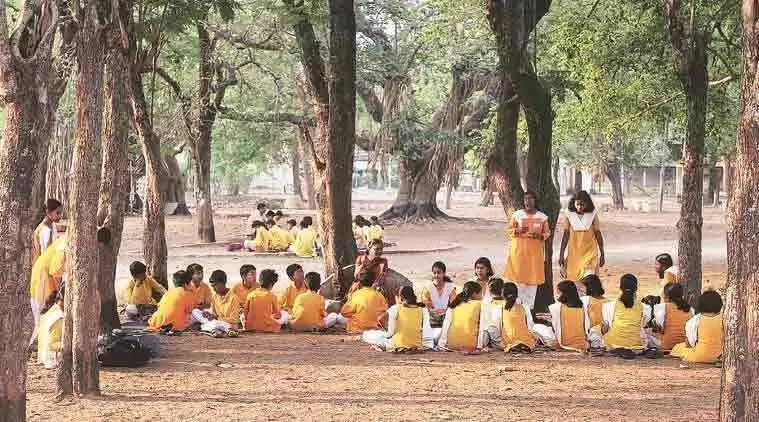Free Courses Sale ends Soon, Get It Now


Free Courses Sale ends Soon, Get It Now



Disclaimer: Copyright infringement not intended.
Context: Founded by Rabindranath Tagore in 1921, Visva-Bharati University will soon get the ‘heritage’ tag from UNESCO to take the distinction of world’s first living heritage university.
Details:
Visva Bharti University:
What are World Heritage Sites?
How are they selected?
Can a site lose its designation?
How many World Heritage Sites are in India?
Indian Properties inscribed on the World Heritage List (40)
Cultural (32)
Natural (7)
Mixed (1)
PRELIMS QUESTION:
Q.Consider the following statements in reference to Viswa Bharti University:
Which of the above is/are correct?
a) 1 only
b) 2 only
c) Both 1 and 2
d) Neither 1 nor 2
Correct answer: d
© 2024 iasgyan. All right reserved